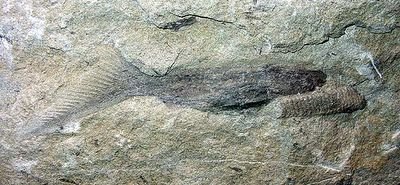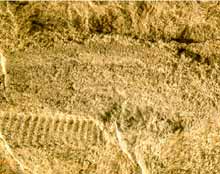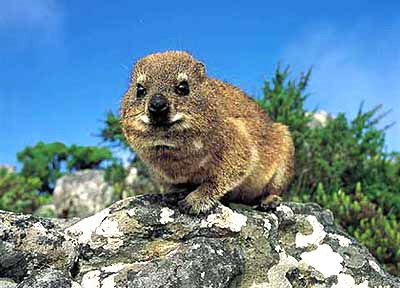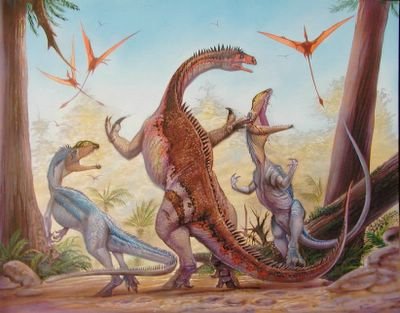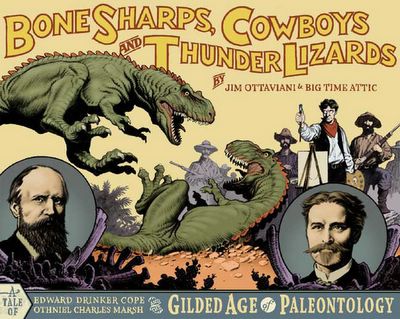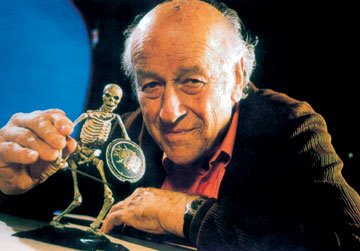Asa Issie, Aramis and the origin of Australopithecus. 2006. Tim D. White et al., Nature 440: 883-889.
 Image from HEREAbstract:
Image from HEREAbstract: The origin of
Australopithecus, the genus widely interpreted as ancestral to
Homo, is a central problem in human evolutionary studies.
Australopithecus species differ markedly from extant African apes and candidate ancestral hominids such as
Ardipithecus,
Orrorin and
Sahelanthropus. The earliest described
Australopithecus species is
Au. anamensis, the probable chronospecies ancestor of
Au. afarensis. Here we describe newly discovered fossils from the Middle Awash study area that extend the known
Au. anamensis range into northeastern Ethiopia.
The new fossils are from chronometrically controlled stratigraphic sequences and date to about 4.1–4.2 million years ago. They include diagnostic craniodental remains, the largest hominid canine yet recovered, and the earliest
Australopithecus femur. These new fossils are sampled from a woodland context. Temporal and anatomical intermediacy between
Ar. ramidus and
Au. afarensis suggest a relatively rapid shift from
Ardipithecus to
Australopithecus in this region of Africa, involving either replacement or accelerated phyletic evolution.
From the UC – Berkeley
press release:
New fossils discovered in the Afar desert of eastern Ethiopia are a missing link between our ape-man ancestors some 3.5 million years ago and more primitive hominids a million years older.
The fossils are from the most primitive species of Australopithecus, known as
Au. anamensis, and date from about 4.1 million years ago, said Tim White, one of the team's leaders. The hominid
Australopithecus has often been called an ape-man because, though short-statured, small-brained and big-toothed, it walked on two legs unlike the great apes.
More primitive hominids in the genus
Ardipithecus date from between 4.4 million and 7 million years ago and were much more ape-like, though they, too, walked on two legs.
"This new discovery closes the gap between the fully blown Australopithecines and earlier forms we call Ardipithecus," White said. "We now know where
Australopithecus came from before 4 million years ago."
"It is fair to say that some species of
Ardipithecus gave rise to
Australopithecus," he said.
In all, teeth and jawbones of eight individuals were found at Asa Issie, all from about 4.1 million years ago as dated by paleomagnetic and argon-argon methods. A partial thigh bone and hand and foot bones were very similar to the Lucy bones found 60 kilometers away in Hadar and dating from 3 million to 3.4 million years ago. The large, thick-enameled teeth were judged by the research team to be closest to
Au. anamensis, and ancestral to
Au. afarensis.
Congradulations to the CMNH's Dr. Yohannes Haile-Selassie who is a co-author on the paper.Read the rest of the article
HERE.










